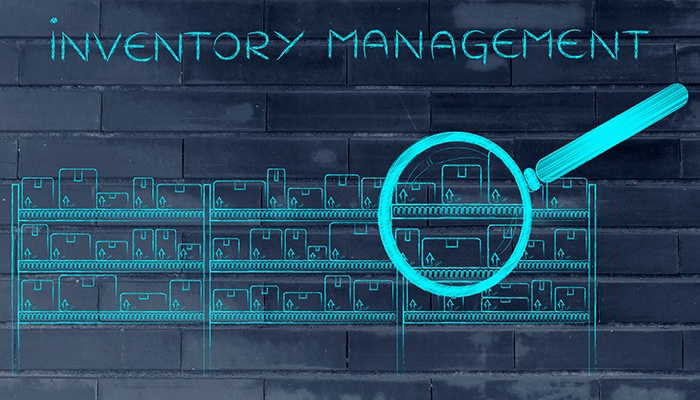Don’t Blame Lean Manufacturing

Lean manufacturing has been blamed for the recent supply chain crisis, with critics claiming lean and just-in-time (JIT) manufacturing encouraged extremely low inventories of raw materials and components.
When the pandemic arrived, and supplies were disrupted, manufacturers had to stop production due to material shortages. This had cascading effects all the way down the supply chain, and we still have not recovered.
The blame does not lie with lean. Far from encouraging bare-bones inventories, lean recommends keeping a reserve of critical components and materials strategically placed along the supply chain to enable manufacturers to weather exactly this kind of supply chain disruption and continue operating.
Lean and JIT require manufacturers to keep safety stock in the system. Any leadership team who believes that no strategic stock is required in the supply chain is responsible for mismanagement of the business, chasing short-term profit at the expense of long-term sustainability. It is a high-risk strategy for short-term gain with no upside if it fails.
The current supply chain crisis has causes that significantly predate COVID, including the U.S.-China trade war. But technology, or a lack of it, also plays a key role.
A recent SYSPRO survey shows that only 45% of businesses have looked at systems to address supply chain disruptions and just 44% have investigated technologies that enable collaboration with external suppliers and customers.
Instead, businesses have focused most of their investments in inventory control and order requirements. While improving internal efficiencies is vital for any business, internal efficiencies won’t help if external challenges across the supply chain are not also addressed.
What do Customers Actually Need?
To thrive during the current supply chain mess, companies need a deep understanding of demand, inventory, and the supply chain. It’s important to know what customers actually need, not just what they want because, like everyone else, they’re trying to hoard the components they require for fear supplies will dry up.
ERP platforms that are purpose-built for manufacturing can be integrated with analytics and AI software can do exactly this, while also enabling transparent communication across the supply chain to iron out issues and enable manufacturers to prepare for looming shortages.
Resolving the supply chain disruptions and crises will require:
- Balance to ensure that there is not a lot of “just-in-case” consuming resources that should be focused on the just-in-time efforts.
- Visibility because one of the basic tenets of lean is “surface the problems.” As the supply begins to flow, more and more problems will surface. How you respond to these problems will determine the success of your resolution. This brings in a whole new mindset of the long game instead of short-term profits and support for anyone raising an issue.
- Patience because you can only progress as fast as your slowest supplier, hence the requirement to partner with suppliers to improve the supply chain performance.
- Persistence, as we will not always succeed in every attempt. Senior management needs to acknowledge this and support the program instead of being greedy.
Lean and JIT did not cause the supply chain crisis. When used correctly in concert with technology, these practices can set up companies to not only weather the storm, but emerge as more competitive organizations once the supply chain gets back to normal.

